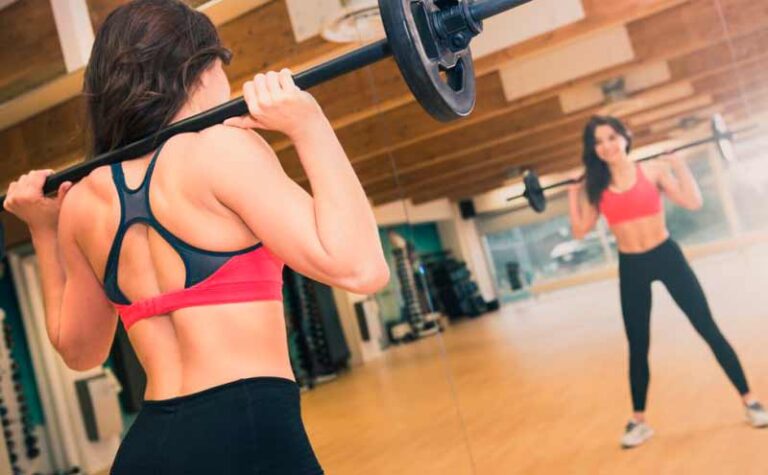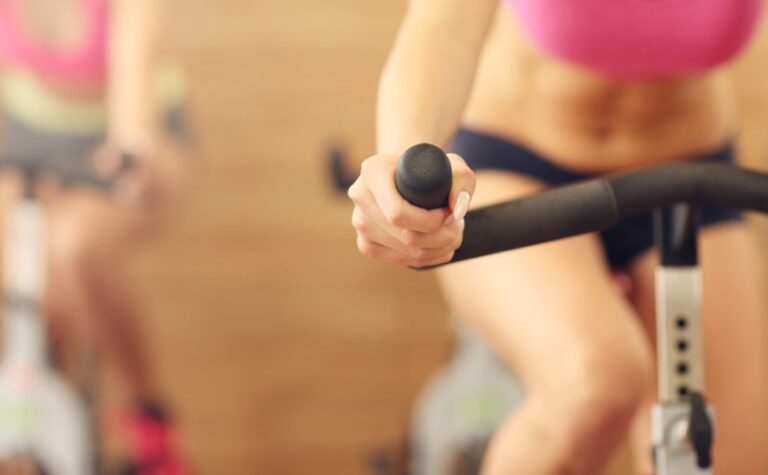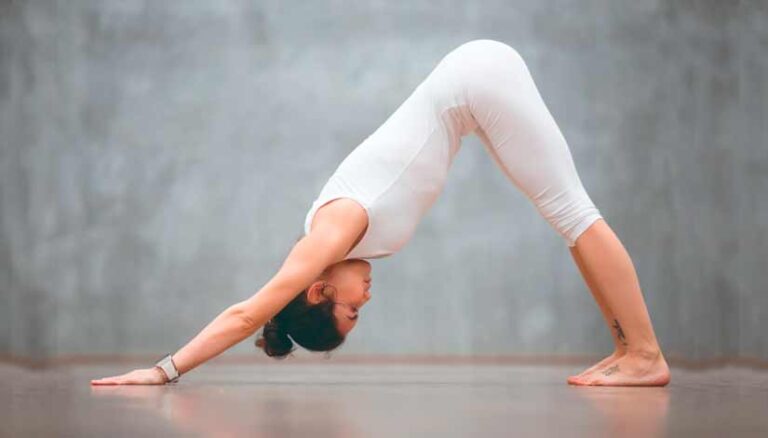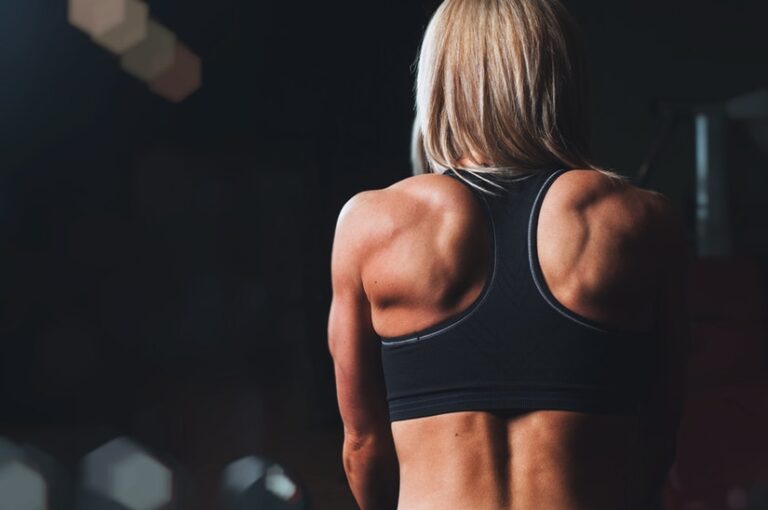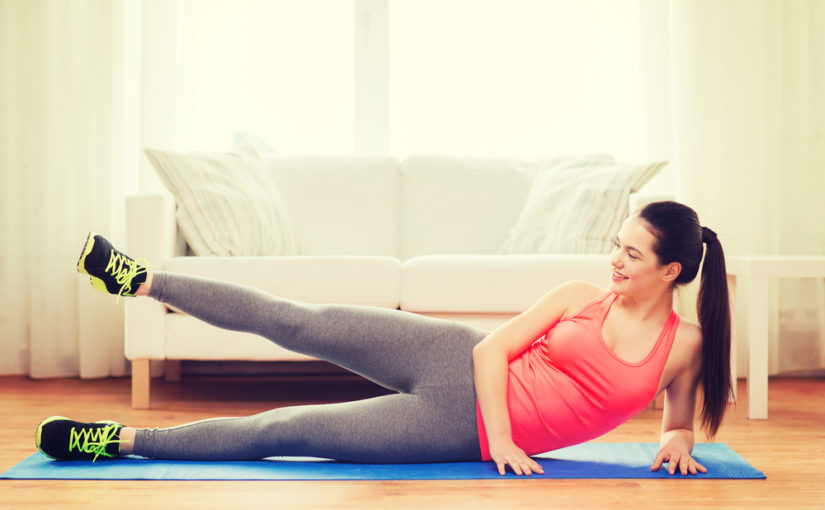
Surely you have heard of the hip flexors, a very important muscular compendium for a balance and balance between upper and lower body and one of the ‘sails of a ship’ called lumbar vertebrae, hip and femur. Any sporting technical gesture must respect and take care of said anatomical sector. Let’s get to know it in detail, and see how to train it to make the most of its functions. Keep reading!
What are hip flexors?
The human body in a healthy state is the perfect machine, it only has one defect: it deteriorates, it has an expiration date. Therefore, we must apply the necessary care if we want to build muscle or tone it, so that it is applied daily in optimal conditions.
The hip flexors are made up of several muscles. Originating in the pelvis and lumbar vertebrae, and insertion in the femur.
The main function of this muscular complex is based on the elevation of the femur and approach to the ‘Core’. Either a complete flexion or as part of a frontal displacement, and, of course, they also interfere to a lesser percentage in abductions or adductions in an agonist way.
How to strengthen this muscle complex?
First of all, you have to take into account some previous aspects:
- Assess an imbalance between anterior and posterior muscles, which not only directly affects the abdominal-lumbar muscles, but also in more distal areas of the human anatomy.
- Evaluate the subject’s previous level, taking into account age patterns, previous injuries or level of physical activity. For this reason, we may need a previous mobility or low load or tension training, such as elastic bands or self-loads.
Therefore, the key is simpler than it seems. If we have an adequate level, the specific movements for the strengthening of the hip flexor muscles are the same allowed by said biomechanical complex, only that we can apply increased loads, explosive technical gestures or the generation of an isometric tension.
Some interesting and beneficial exercises
We will explain some exercises for you to get the most out of your hip flexors, simple and evolving according to level. Remember: the important thing is not to perform an exercise with high loads or generating large watts of power, but to do everything named with a suitable anatomical position for it.
1. Isometric Supine Basic Hip Flexion
As simple as raising the knees to bring them closer to the abdomen, it is possible to carry out a more complex evolution from verticality. Subject to a chin-up bar, for example.
2. Same pattern of movement, but in dynamic phases
By applying a dynamic act, you will be reproducing the real act in order to transfer it to everyday life or sports technical gestures. Looking for a more direct transfer.
3. Isometric plank hip flexion
It is practically the same as explained above, although one of the differences is the implication of the isometric blockade of the Core and the upper extremities, something more complex for advanced levels.
4. Likewise, but with concentric and eccentric phase
We proceed with its dynamic evolution, it can be performed with pedal support in the middle phase of the gesture and keeping the limb in contact with the ground.
5. Hip flexion with rotation
In this gesture we involve other adjoining muscles to a greater extent; however, do not forget that it is impossible to isolate a 100% muscle, the body is a whole with its corresponding ‘microcosms’. The union between the lower body and the ‘Core’ is one of the utmost importance.
6. Hip flexion with adduction the ‘Slider’
The ‘Slider’ is a magnificent implement to guide the movement through a slide, applying it, will facilitate and at the same time make the act difficult. In addition to being very playful in the variability and progression factor of the exercise.
Also workable on ‘Hip’ machine or lower pulleys with ankle grip
Finally and for a higher level, we have the application of external loads. Either through pulleys or inverting the glute ‘Hip’ machine. Remember colleagues, creativity and passion… Without them, you will become abandoned and bored in any activity.

